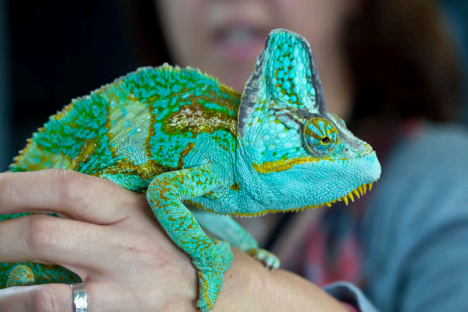padrirestaurant.net – In the vast and diverse tapestry of the animal kingdom, reptiles occupy a unique and captivating niche. Often misunderstood and sometimes feared, these cold-blooded creatures are the embodiment of ancient lineages, having roamed the Earth for millions of years. From the stealthy movements of snakes to the majestic presence of crocodiles, reptiles are a testament to the incredible adaptability and resilience of life. This article delves into the fascinating world of reptiles, exploring their characteristics, habitats, and the unique relationships they share with humans.
Characteristics of Reptiles
Reptiles are a group of vertebrate animals that include snakes, lizards, turtles, crocodiles, and the tuataras of New Zealand. They are characterized by their cold-blooded metabolism, which means they rely on external sources of heat to regulate their body temperature. This trait is one of the reasons reptiles are often found basking in the sun or seeking shade to maintain their optimal body temperature.
Another defining feature of reptiles is their skin, which is covered in scales or scutes. These protective coverings serve various functions, from reducing water loss to providing defense against predators. Reptiles also have a unique reproductive strategy, with most laying eggs on land and possessing a variety of adaptations to ensure their young’s survival.
Habitats and Diversity
Reptiles inhabit a wide range of environments, from the arid deserts to the dense rainforests, and from the frigid Arctic to the tropical seas. This adaptability is reflected in their incredible diversity, with over 10,000 species of reptiles known to science. Each species has evolved unique traits that allow it to thrive in its specific habitat.
For example, the desert-dwelling horned lizard has adaptations that help it survive in arid conditions, such as the ability to absorb water through its skin. In contrast, the marine iguana of the Galápagos Islands has developed the ability to forage underwater, feeding on algae and surviving in one of the only environments where a lizard lives in the sea.
The Role of Reptiles in Ecosystems
Reptiles play crucial roles in their ecosystems. Many species are apex predators, controlling the populations of their prey and maintaining ecological balance. Others, like the earthworm-eating glass lizard, contribute to soil health and nutrient cycling. Reptiles also serve as indicators of environmental health; their presence or absence can signal changes in habitat quality and biodiversity.
Conservation Challenges
Despite their ecological importance, reptiles face numerous threats, including habitat destruction, pollution, climate change, and illegal wildlife trade. Many species are listed as endangered or critically endangered, highlighting the urgent need for conservation efforts. Organizations and governments worldwide are working to protect reptile habitats, enforce wildlife protection laws, and conduct research to better understand and conserve these fascinating creatures.
Reptiles and Humans
Humans have a complex relationship with reptiles. In some cultures, reptiles are revered and hold symbolic significance, while in others, they are feared or considered pests. However, there is a growing appreciation for reptiles as pets, with species like bearded dragons, leopard geckos, and ball pythons becoming popular companions. These animals can teach us about responsibility, patience, and the beauty of the natural world.
Conclusion
The world of reptiles is a realm of mystery, beauty, and resilience. These cold-blooded companions have much to teach us about the wonders of evolution, the importance of biodiversity, and the delicate balance of life on Earth. As we continue to learn from and about reptiles, it is our responsibility to ensure their survival for future generations to appreciate and marvel at. By understanding and protecting these ancient creatures, we can foster a deeper connection with the natural world and the incredible diversity of life it supports.
